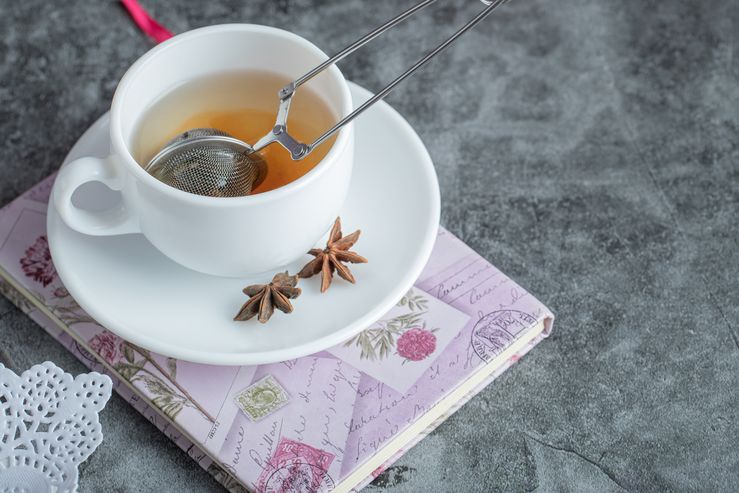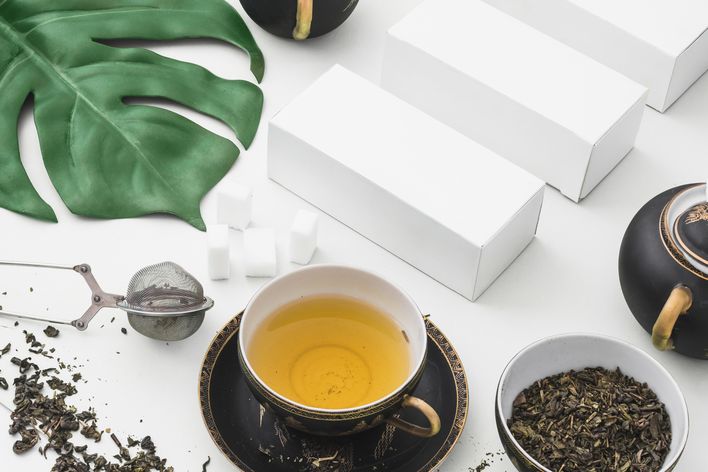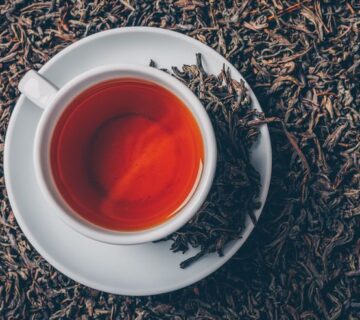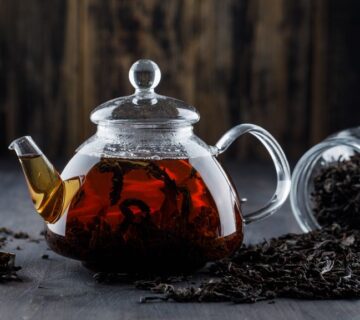Tea and wine have a lot in common, their quality depends on the variety of one kind of plant. Wine and tea depend on terroir factors, the quality of the soil and climate greatly influence the perfect taste characteristics. Making tea and wine requires skillful mastership and attention to details to meet the high standards of tea connoisseurs.

Bitterness
Sensitivity to bitterness prevented our hunter-gatherer ancestors from consuming toxic or poisonous substances. In tea, bitterness is also a defense against pests, protecting the plant from the threat of insects. Some of the bitter compounds in tea are believed to be methylxanthines, such as caffeine and theobromine.
As the weather is becoming warmer and pest populations are increasing during the summer months, the mature leaves of the tea plant become infused with bitter compounds to restrain pest attacks. At low altitudes or latitudes near the equator, where the weather is warm all year round, bitter flavors are typical for tea. That is why tea from southern and low altitudes is often only suitable for drinking with milk or sugar. Bitterness from whole leaves is released more slowly than from tea cut into small pieces.
Most part of the long history of tea cultivation and consumption is associated with reducing the amount of bitterness in the cup. Cultivating tea gardens at high altitudes, harvesting tea leaves in late spring, and brewing with a short insisting method all contribute to reducing the bitterness in a cup of tea. In general, strong bitterness is considered to be a sign of low quality tea. When tasting tea and evaluating its quality, bitterness and astringency are often an indicator of tea quality.

Astringency
An astringent taste is a feeling of dryness in the mouth. Therefore, it is not limited to the sensation on the tongue, but also manifests itself on the cheeks and throat, and increases, intensifying with each sip. For this reason, experienced tea drinkers (as well as wine tasters) often prefer astringency, as it increases the duration of the perceived taste. The taste of tea, which persists for a long time after a sip, is highly valued and has a name “the finish” or “hui-gan”, which translates as “return of sweetness”.
Moreover, astringency is commonly attributed to polyphenols, including the antioxidant EGCG, which is the subject of numerous investigations. These molecules are formed from amino acids when exposed to sunlight, which means that a tea leaf that absorbs more sunlight will have more of them, and therefore more astringency. That is why the tea, harvested during the first spring gatherings, have a delicate sweet taste and is so valued.
Generally, the low altitude of the tea garden and the summer harvest create a tea with enhanced sense of bitterness. But the astringency of the tea can be related to the intensity of the taste, for example, the Guangdong Feng Huang Dan Tsun oolong, which is produced from the leaves of old trees.
Tea leaves (including fermented ones) contain many different types of polyphenols. One of the most common and most studied types is called flavonoids, sometimes called tannins. Tannins are found in most plants, including the skin of wine grapes, and are often considered to be the main source of astringency. It is often said that kinds of tea and wine that cause dryness in the mouth have a long aftertaste and contain a lot of tannins.
In short, for some types of tea, astringency is not only acceptable, but even desired and cultivated. In contrast, bitterness is usually a hallmark of mass-produced tea and is rarely associated with tea leaves of high quality. Wine lovers probably won’t be surprised.










No comments